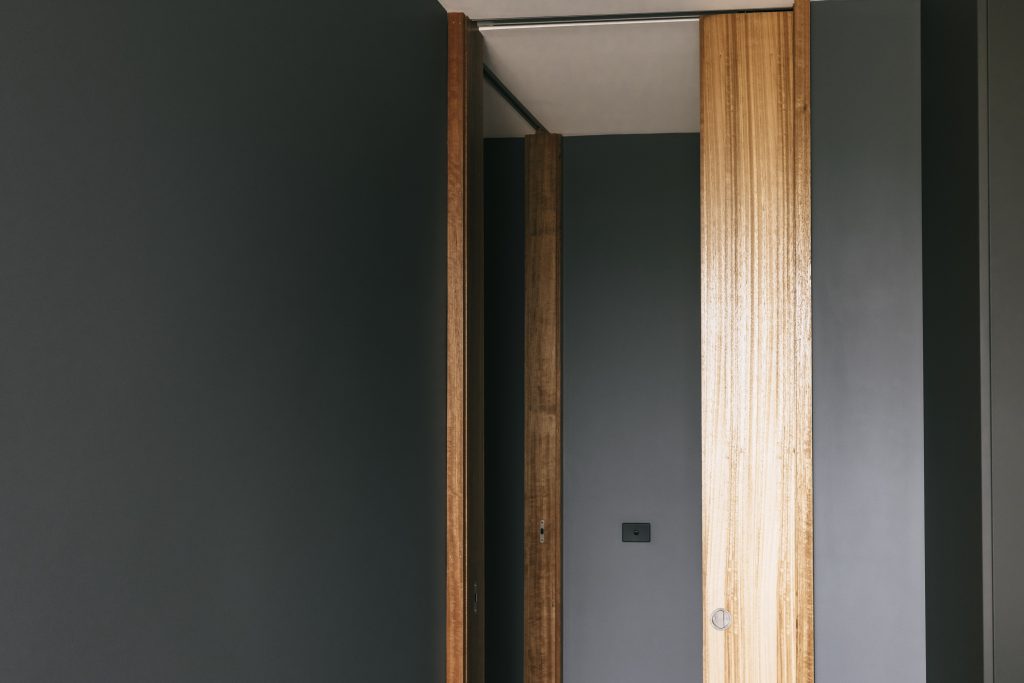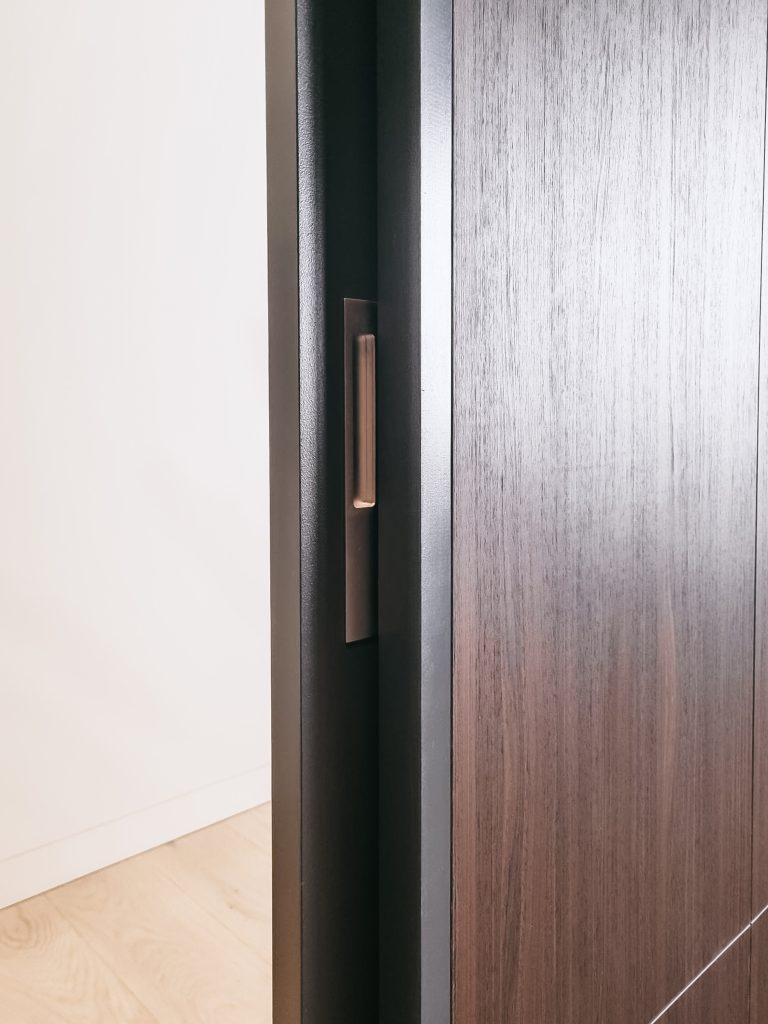Door panels are an integral component of room design and construction, offering both functional and aesthetic value. However, bowing doors can pose challenges to the overall integrity and appeal of a space. This article delves into the reasons behind door bowing, effective remedies, preventive strategies, and the importance of considering door construction within the context of room design.
Causes of Door Bowing

- Natural Timber Properties: One primary cause of door bowing lies in the use of solid timber. Timber is a living material that responds to environmental changes, such as fluctuations in temperature and moisture levels. These shifts can lead to the expansion or contraction of the wood, resulting in bowing.
- Glue Creep and Construction Techniques: Inadequate curing of glue during the construction phase can lead to instability in door panels. Rushed construction or improper pressing can cause the door to warp or twist, especially if it is exposed to varying conditions before the glue fully sets.
- Differential Environmental Factors: Uneven exposure to environmental elements can cause imbalances that lead to bowing. Direct sunlight or heat on one side of the door, coupled with cooler conditions on the opposite side, can trigger uneven expansion and contraction. Similarly, moisture exposure from bathrooms or laundries can further exacerbate the problem.
Door Construction and Bowing
A door’s construction plays a pivotal role in its susceptibility to bowing. Traditional solid timber doors are more prone to warping due to the inherent properties of the wood. To counteract this, modern construction techniques incorporate additional measures:
- Inner Steel Frame: For larger doors exceeding dimensions of 2340H x 1020W, the inclusion of an inner steel frame can offer increased stability. This reinforcement helps to counteract the forces that cause bowing, providing structural support to maintain the door’s shape.
- Composite Materials: Using engineered wood products or composite materials can mitigate the effects of natural timber movement. These materials are designed to be more resistant to temperature and moisture variations, minimizing the risk of bowing.
Preventing Door Bowing

Sealing Upon Arrival: Immediately sealing door panels upon arrival at the construction site is a crucial step to prevent moisture infiltration. Sealing helps to protect the door from dampness and sudden temperature changes, reducing the likelihood of warping.
Climate Control: Maintaining a consistent indoor environment can significantly contribute to preventing door bowing. Implementing heating, ventilation, and air conditioning systems helps regulate temperature and humidity levels.
Proper Installation: Careful installation by skilled professionals is vital to prevent bowing. Ensuring that the door is hung correctly, with proper clearance and alignment, reduces stress on the door panels.
Cavity Sliding Doors: The risk of bowing door panels in pocket door systems presents an even greater challenge, as these doors slide out of a narrow wall cavity, leaving limited room for adjustment and repair, making their alignment and maintenance more complex. This is where we recommend extra care and attention is taken for the interior sliding doors to ensure all bases are covered preventing issues over time.
Raising Awareness and Standards
Raising awareness about the factors contributing to door bowing is essential for both homeowners and construction professionals. It’s important to understand that some degree of bowing might be inevitable, as indicated by the Australian Standard 2688:2017. However, by implementing preventive measures and choosing appropriate construction materials, the extent of bowing can be minimized.
Door panels are not merely functional elements; they are integral to the overall aesthetics and functionality of a space. Bowing doors can be a frustrating issue, but with proper knowledge and measures, it is possible to address and mitigate this problem. By choosing the right construction techniques, materials, and employing preventive strategies, homeowners and professionals can ensure that doors remain straight, enhancing both the visual appeal and longevity of the living environment.
